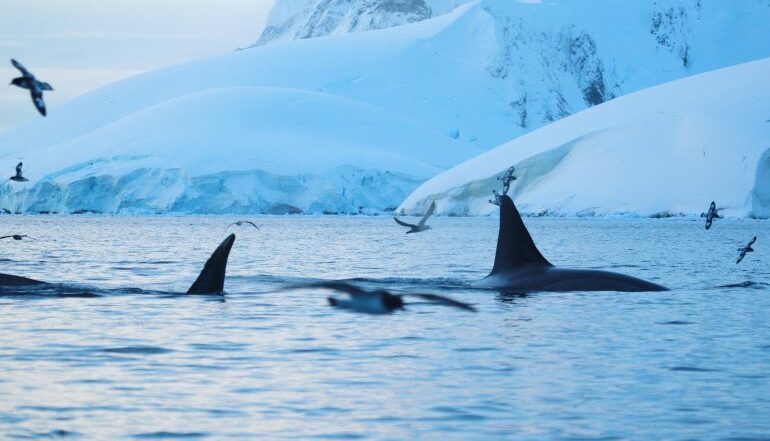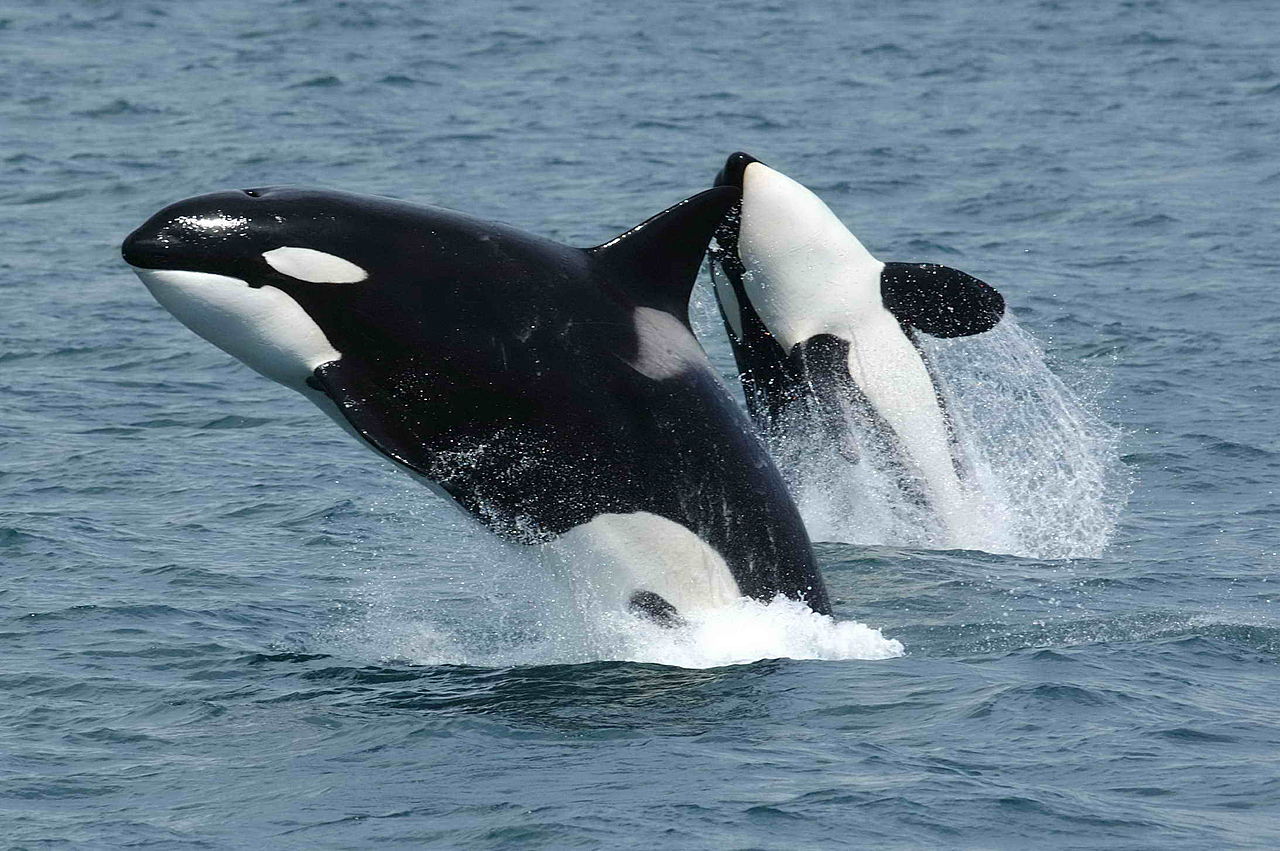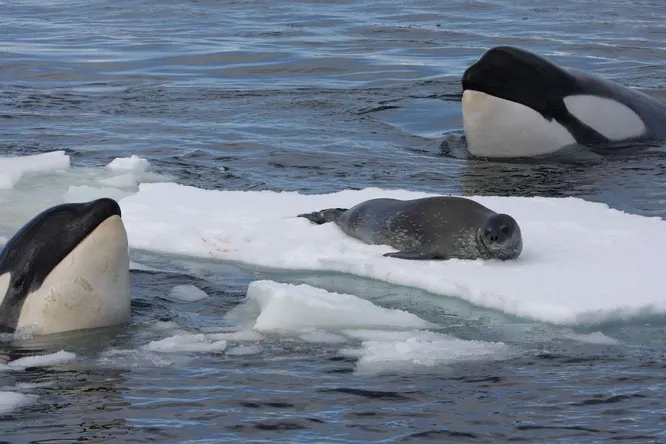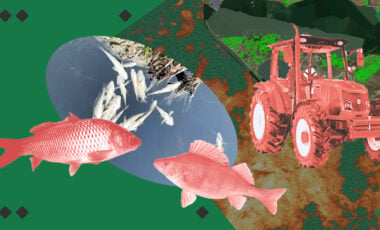Ukrainian polar explorers successfully collect skin and fat samples of killer whales for crucial genetic study

Photo: National Antarctic Science Center
Ukrainian biologists from the Akademik Vernadsky station, located in the Antarctic, took skin and fat samples from three killer whales for the first time in June of this year.
Rubryka reports, citing the website of the National Antarctic Scientific Center.
What is the problem?
Scientists have been working for years to learn as much as possible about any animal and plant life. It is no less attractive in the Antarctic. In particular, Ukrainian biologists observe killer whales.
"Working with killer whales is more difficult than working with whales. First, killer whales are at high speeds and can disappear long before a boat approaches," said Vadym Tkachenko, who took the samples. "Second, they are much smaller than humpback whales and spend a much shorter period on the water's surface. Unlike those of whales, their movements are more complex and chaotic, making it almost impossible to predict their movement."

Photo: uk.wikipedia.org
What is the solution?
Polar scientists note that Ukrainian biologists use a crossbow with special arrows and tips to select "biopsies" of cetaceans. They only take a small tissue sample and do not penetrate deep under the animal's skin.
This is one of the world's most common sampling methods, during which the animals do not feel pain.

Photo: Screenshot
How does it work?
In cooperation with American colleagues, the polar explorers plan to carry out molecular genetic studies of these samples, which will allow them to learn more about the structure and state of the populations of these animals.
While observing killer whales in the Lemer Strait, Ukrainian researchers also comprehensively documented them by taking photos for identification, filming with a drone, and recording sounds on an acoustic recorder.
In March-July 2023, Ukrainian polar explorers were lucky enough to observe killer whales six times in different areas of the western part of the Antarctic Peninsula. In this area, Akademik Vernadsky station is located.
In the area of the Ukrainian station, three of the five ecotypes of killer whales that live in Antarctic waters occur. These are type A killer whales, which reach the largest sizes and usually feed on other cetaceans and are very rare near the station; orcas, which belong to two subtypes of type B, are most often found near Ukrainian polar explorers. Although visually, in terms of pigmentation, they are very similar to each other, they differ in size and behavior, have different acoustic repertoires, and have different group sizes.
Ukrainian scientists say that orcas of type B can be distinguished by their features, like size, family groups, and feed. These subtypes do not interbreed, although they live in the same region.
Ukrainian scientists collected skin and fat samples from killer whales of types B1 and B2.
Recently, Ukrainian researchers of the Akademik Vernadsky station recorded "pearl clouds" and a pink "UFO" in the sky over Antarctica.
Also, Ukrainian scientists showed a video of a chick of the main feathered predator of the Antarctic — the South Polar Skua.
Ruryka also reported that Ukrainian scientists from the Akademik Vernadsky station began to study whales with the help of drones. The researchers took pictures of humpback whales and killer whales.



















































